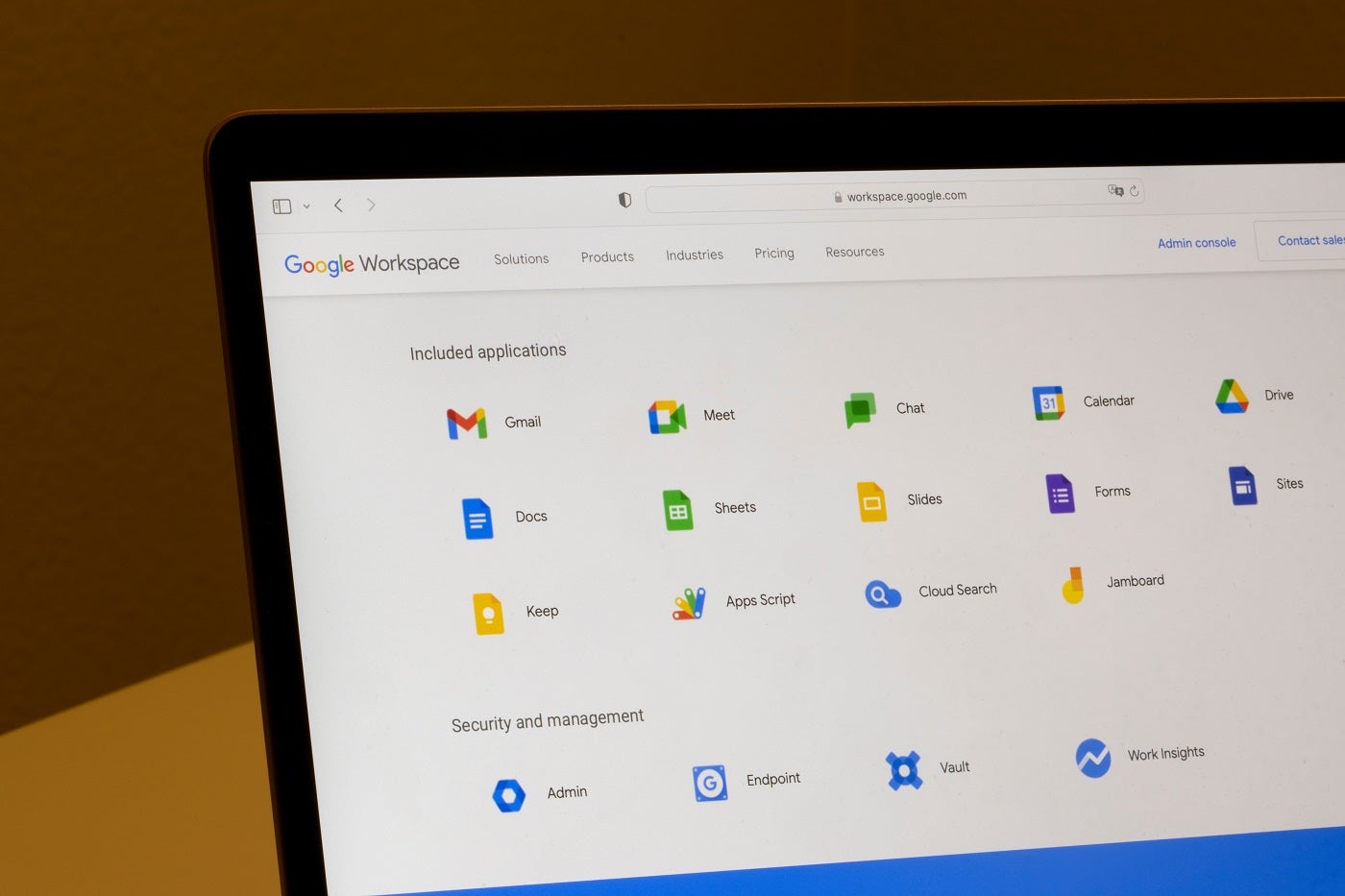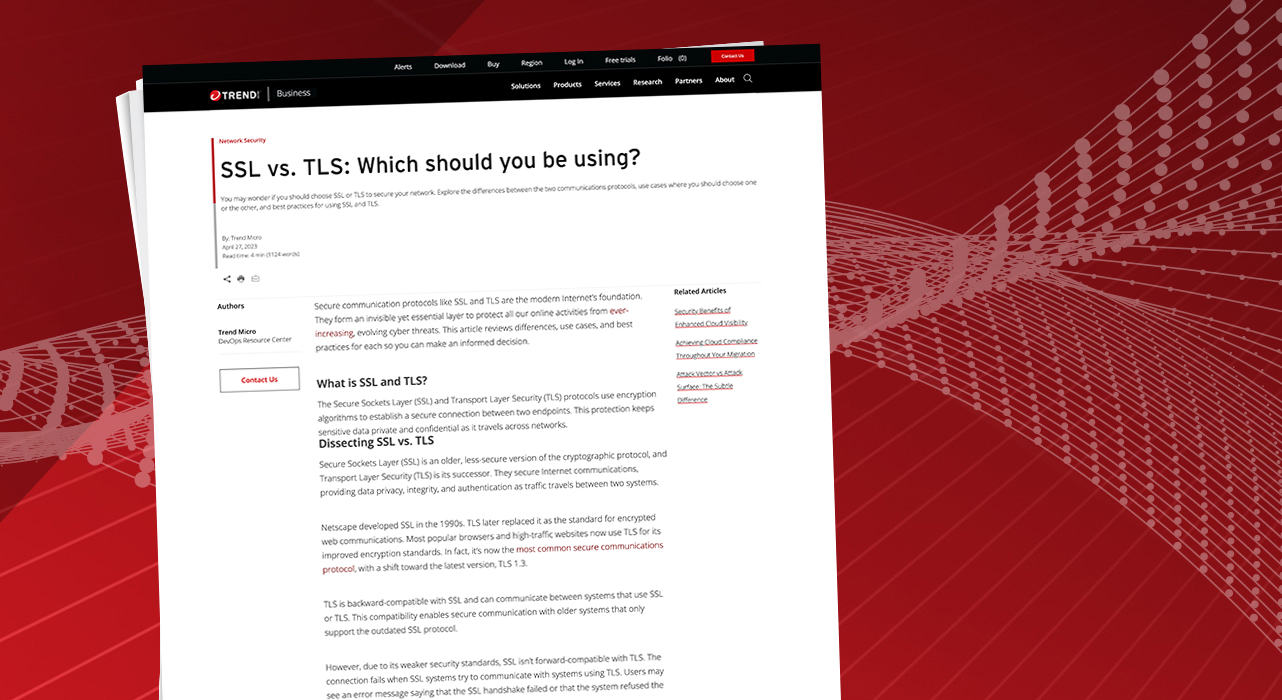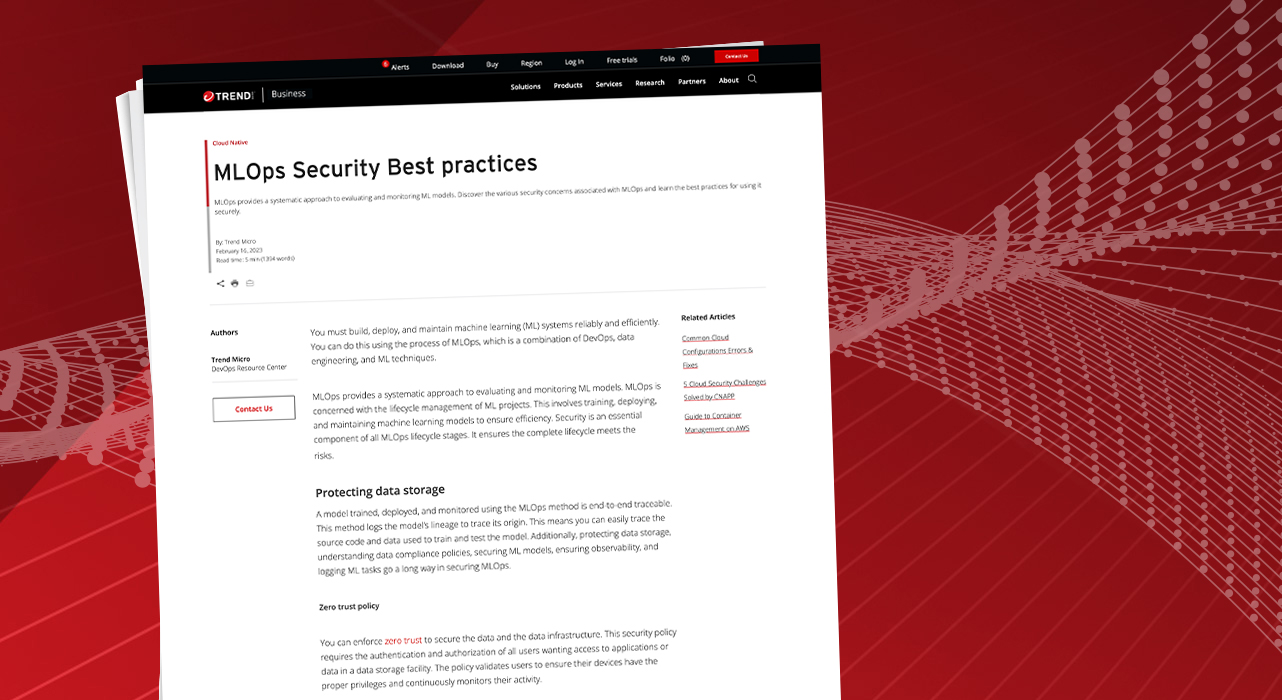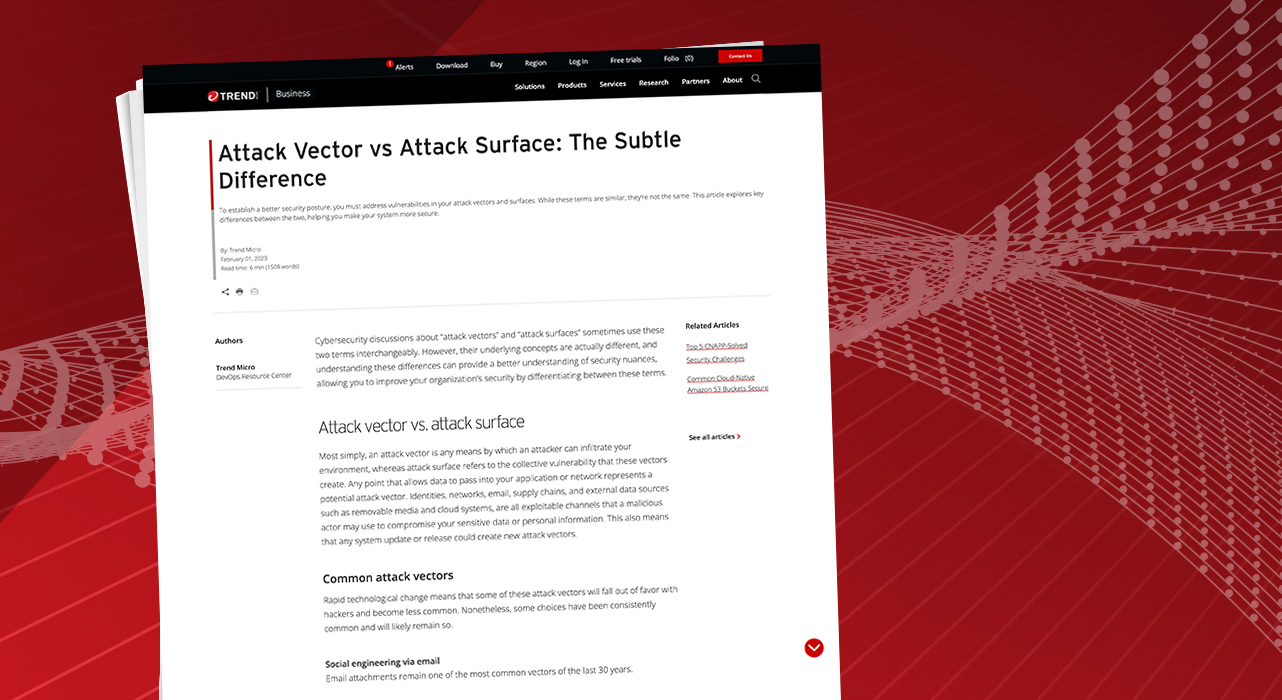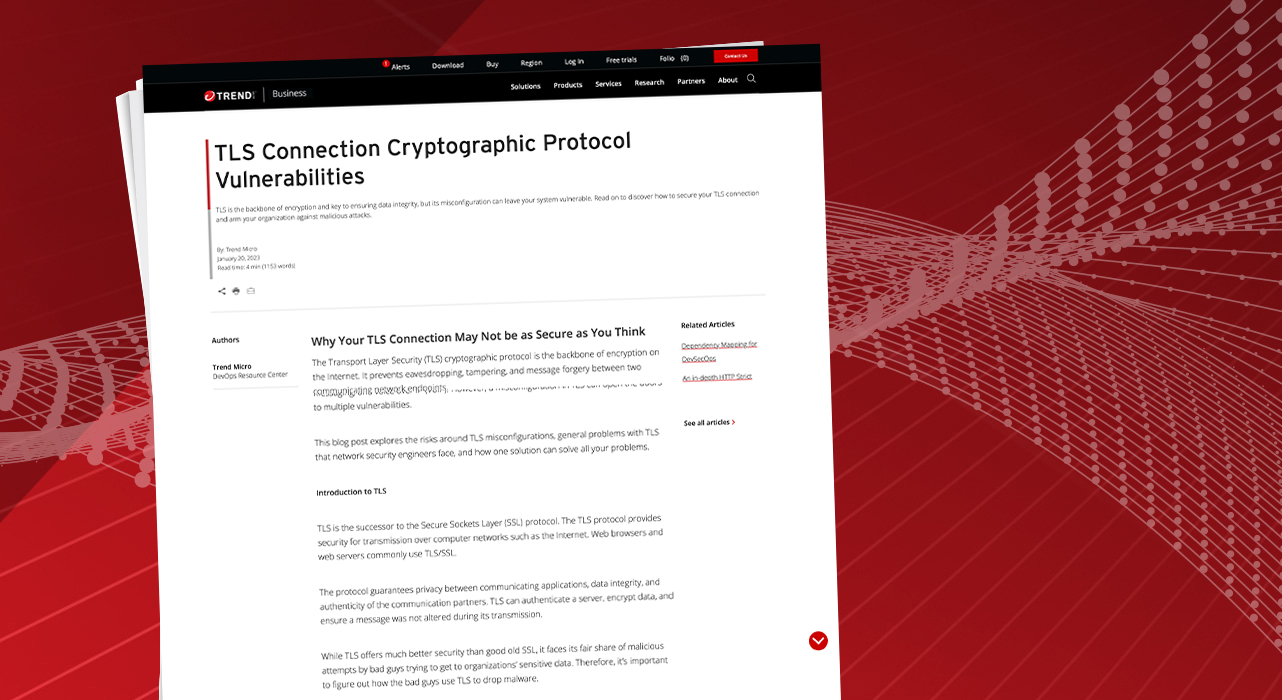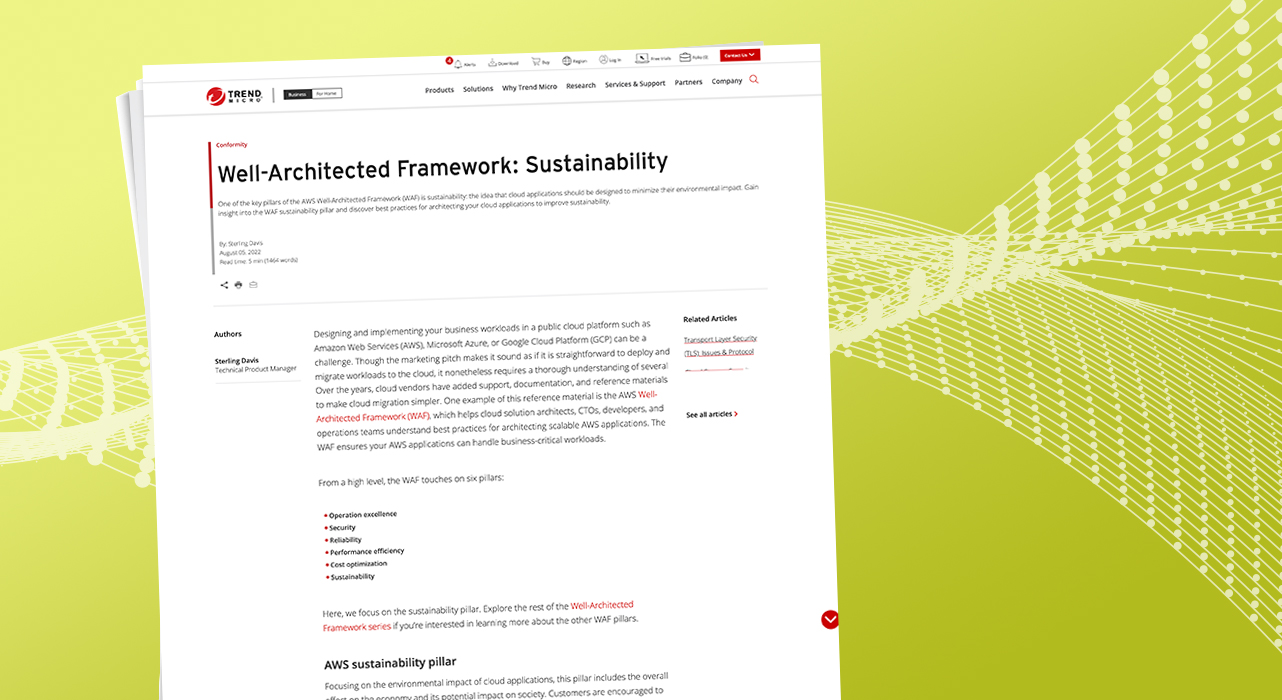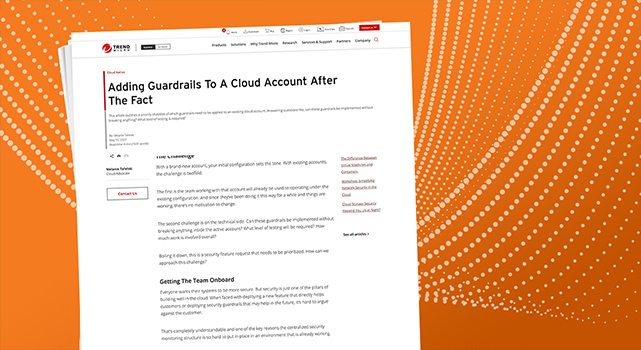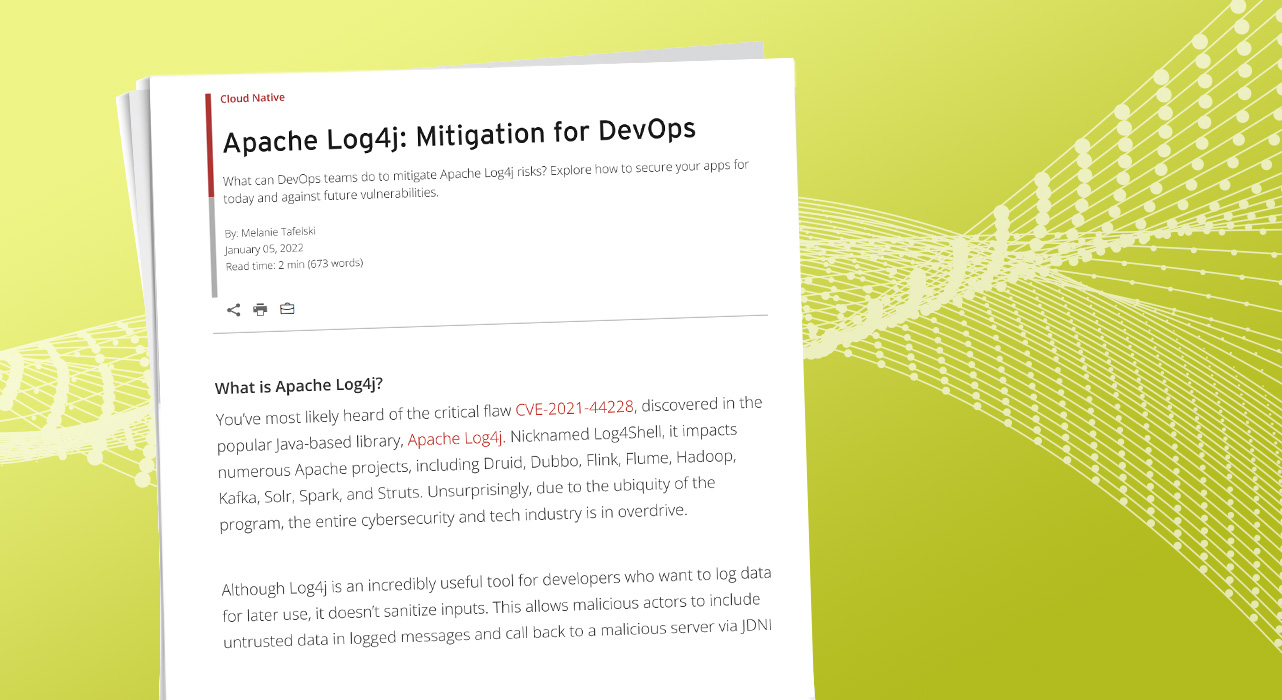Google Workspace Security: DeleFriend Vulnerability Could Allow Unwanted Access to APIs
Hunters researchers noted the vulnerability could lead to privilege escalation. Google said the report “does not identify an underlying security issue in our products.” Cybersecurity researchers from the firm Hunters discovered a vulnerability in Google Workspace that could allow unwanted access to Workspace APIs. The flaw is significant in that it could let attackers use privilege escalation to gain access that would otherwise only be available to users with Super Admin access. Hunters named this…
Read More
